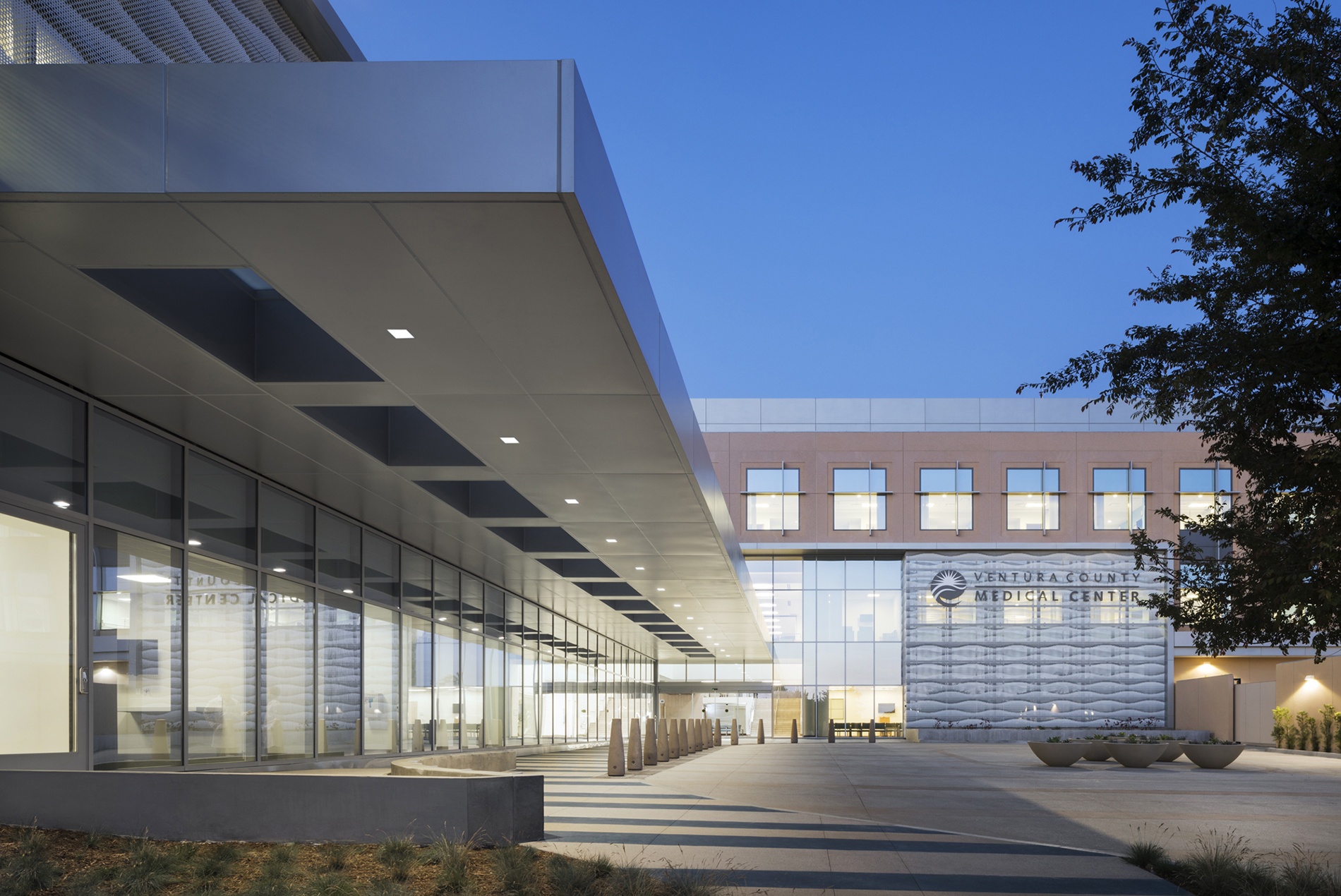Almost half the construction projects in the U.S. use a design-build delivery method. What was once an alternative is becoming mainstream. In fact, the old “design-bid-build” method accounts for less than 20 percent of construction. It is no longer the delivery method of choice for public agencies looking to maximize public funds and expedite a schedule.
There are different options when it comes to design-build. Variations include progressive design-build and stipulated sum design-build, each of which offers different structures and options for the client.
In traditional design-bid-build projects, design firms and contractors hold separate contracts and tend to work in silos. This can result in conflicts and expensive change orders.
For design-build projects, the team works under a single contract with the owner. This creates a true partnership between the design and construction team members, who can then work with the client toward a shared vision. The visioning and goalsetting process becomes highly collaborative. As the project moves forward, this inclusiveness can protect the integrity of the design solution by establishing collective design goals and early cost targets that the team supports.
With the subtrades at the table, the entire team has access to specific information about cost and constructability before any decisions are made. This helps the team understand the intricacies of the design and determine together how to achieve it within the budget. When we’re designing with all the information at hand, we can design differently. Real numbers bring real clarity.
An integrated design-build team including the Port of Seattle, HOK and The Walsh Group relied on constant, transparent communications to deliver the Seattle-Tacoma’s International Airport Concourse D Annex (above) within a tight budget and in just 18 months. The consensus-building that was baked into our design-build process helped preserve unique design decisions including the timber-and-steel truss system. This was the most cost-effective solution, was the quickest to erect and offered superior building performance that supported sustainability goals. Many ceilings in airport buildings are cluttered with devices and technology. Here, by collaborating with stakeholders early in the process, the team was able to maintain the elegance of the roof solution. The Design-Build Institute of America recognized the building with a National Award of Merit and a National Award of Excellence.

HOK and Clark Construction designed and delivered California’s technically complex Ventura County Medical Center’s replacement wing (above) in just 48 months: on time and on budget. Here, our design-build approach allowed for incremental permitting and a collaborative review process that sustained the design vision. The Design-Build Institute of America also recognized this project with a National Award of Merit.
When contractors, designers, subcontractors and tradespeople are invested in their client’s vision for a project, they can work to protect it, avoiding substitutions, shortcuts and change orders. They can have open, honest conversations and prioritize innovation solutions. They can work as true partners. Everyone benefits—especially our clients.
Author Todd Buchanan is a principal and practice leader in HOK’s Seattle studio.